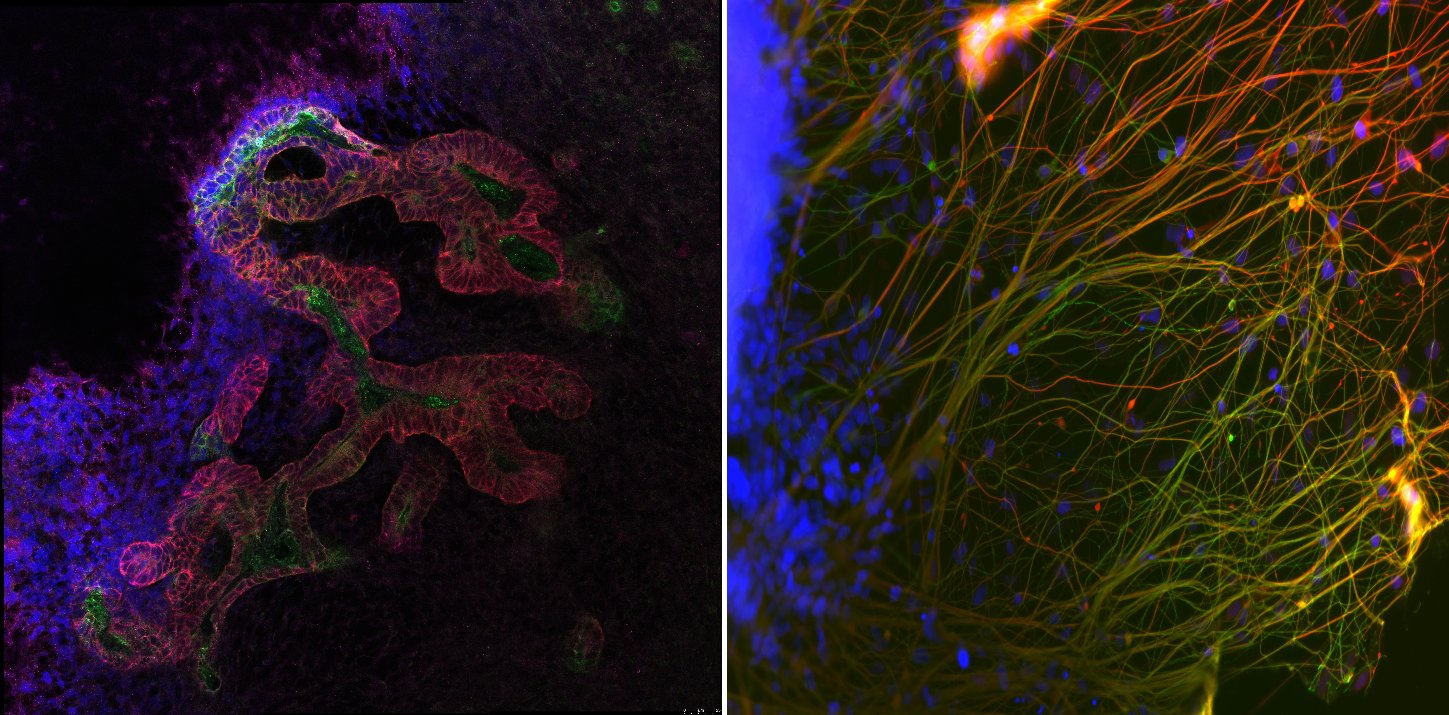
Disease modeling by hPSCs
We combine gene editing technologies, reprogramming of somatic cells into hiPSCs and diverse differentiation protocols in order to model human genetic disorders. Specifically, we generate models for developmental renal disorders and for nuclear laminophaties.
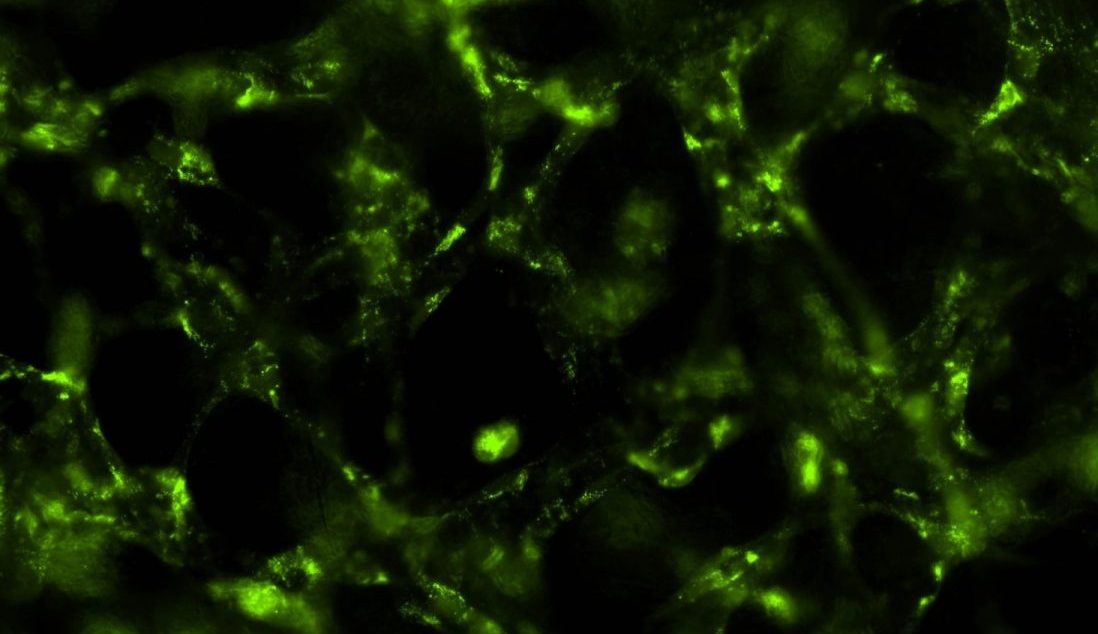
In-vitro vascularization of hPSC derived kidney organoids
Xenotransplantation experiments revealed the critical role of vascularization for the differentiation and maturation of hPSC derived kidney organoids. In order to improve the in-vitro differentiation and maturation of these organoids, we aim to establish an in-vitro system that will recapitulate the in-vivo vascularization.
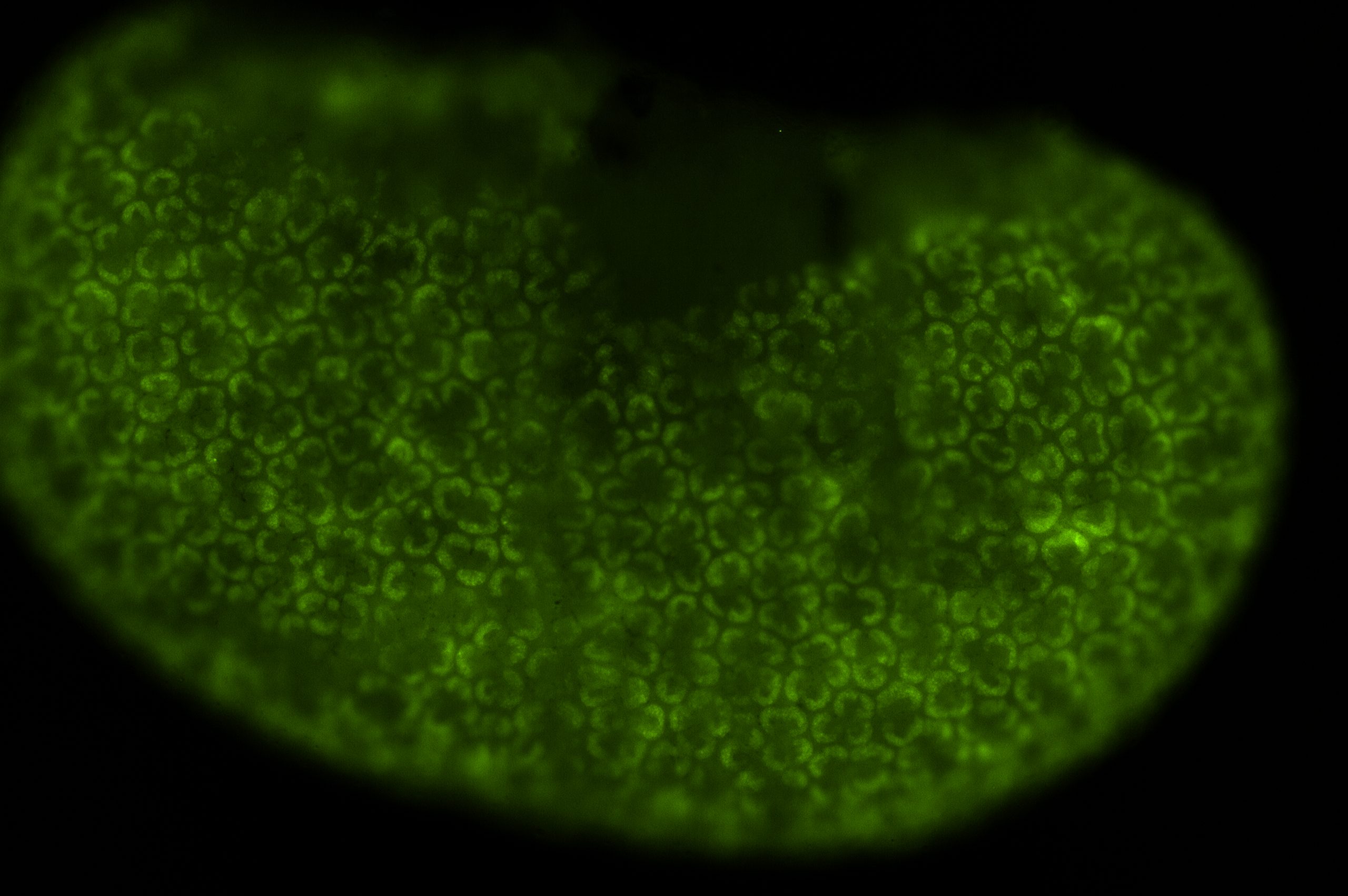
Kidney regeneration
We aim to identify the specific differentiation stage of hPSC derived kidney cells (nephron progenitor cells vs early nephron epithelial cells) wherein the differentiated cells have the potential to regenerate the kidney upon kidney injury.
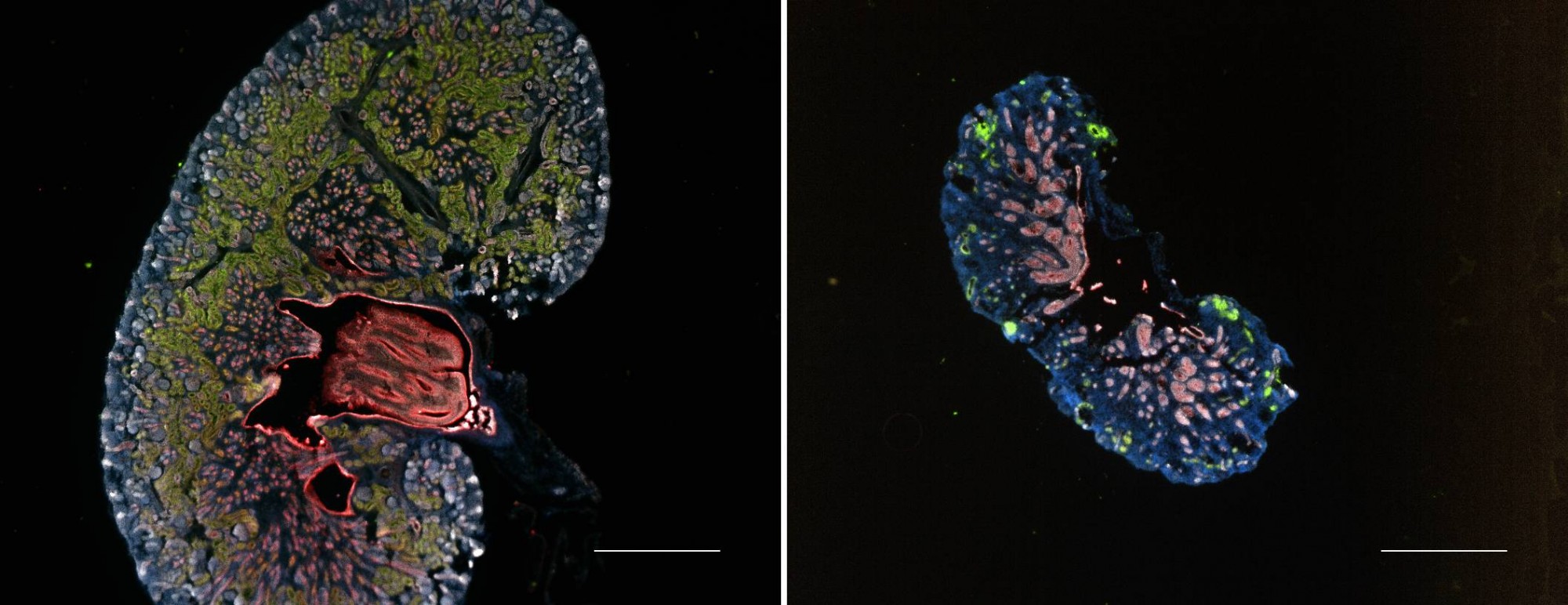
Establishment of a mouse model for malignant Rhabdoid tumor (MRT) of the kidney
MRT is a rare and very aggressive tumor affecting mainly the brain and the kidney. Using transgenic mouse system, we try to identify the cell of origin of this renal tumor and to explore the genetic and epigenetic mechanism underlying its development.
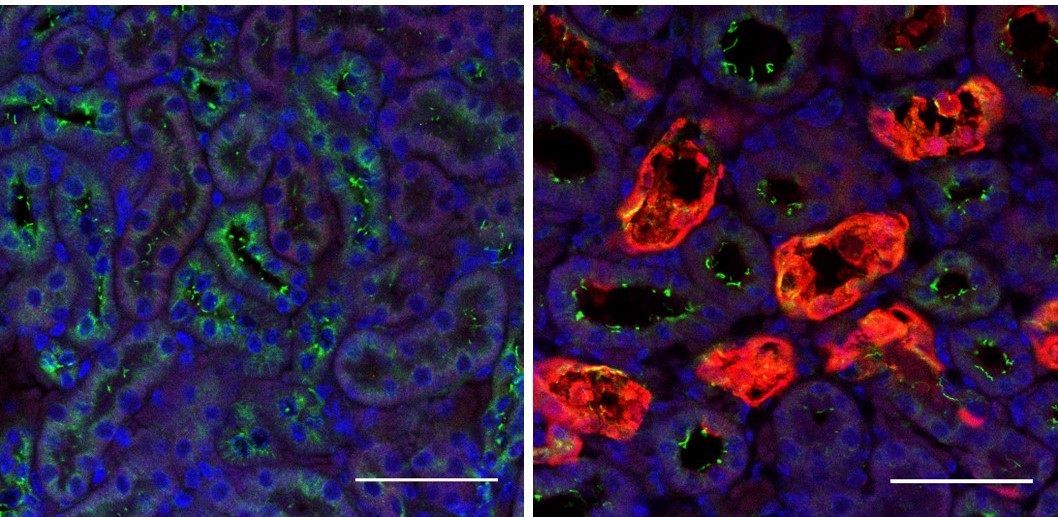
Studying the role of Lin28 during embryonic development
Lin28 is an RNA binding protein known to be highly expressed in stem and cancer cells. By over-expression and down regulation of Lin28 during mouse embryogenesis and in hPSCs we study its role on specific developmental processes.
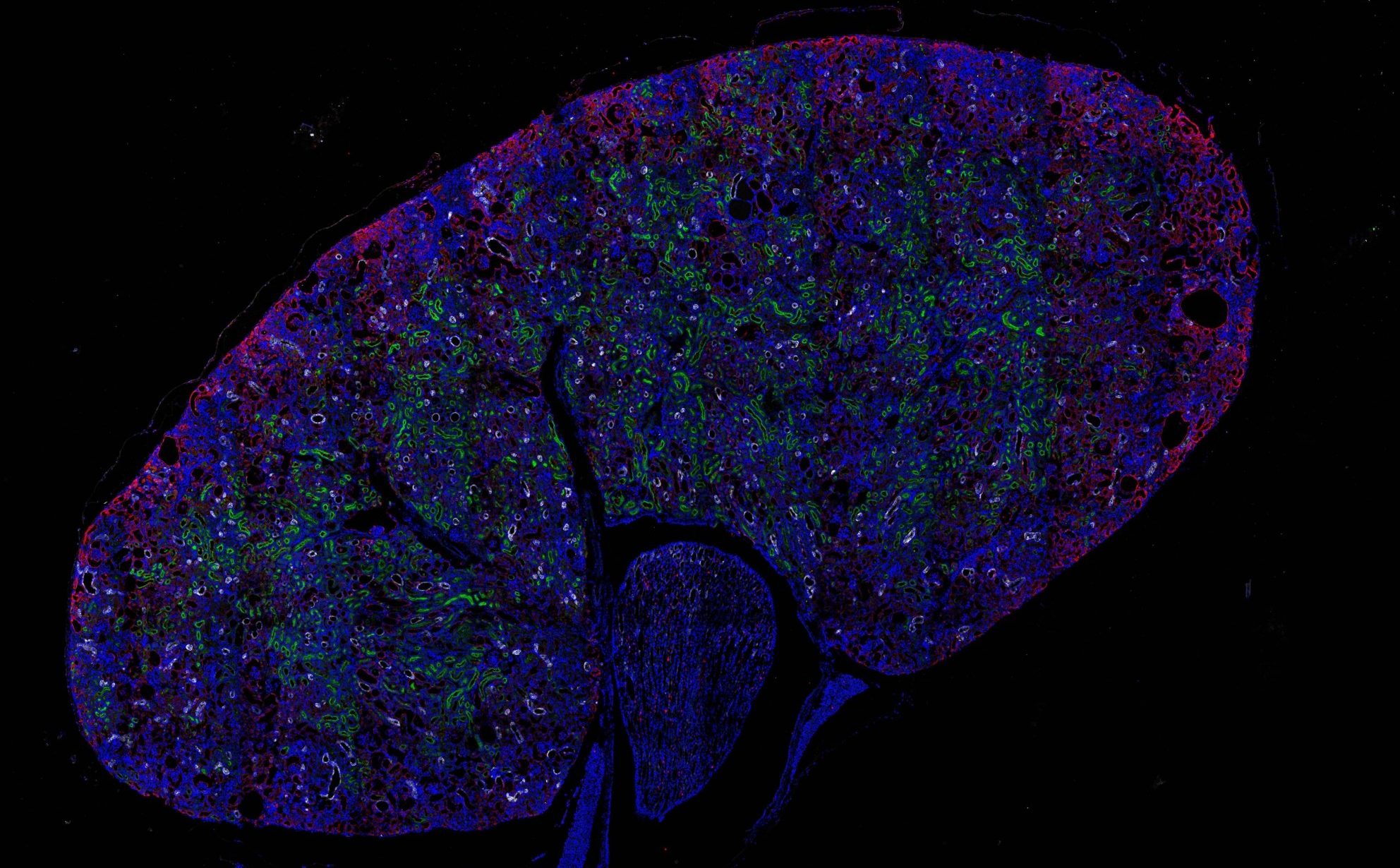
Studying the effect of Lin28 ectopic expression on the kidney
Lin28 is not expressed in the adult kidney. We found that Lin28 overexpression in the kidney leads to a severe acute kidney injury phenotype, which is associated with inflammation development. These observations may provide new insight regarding the etiology of acute kidney injury development and regarding the interplay between Lin28 and the inflammatory response. We explore the cellular and molecular mechanisms underlying this effect of Lin28 overexpression.
